1602
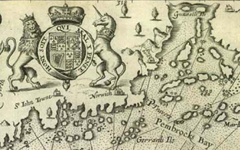 |
Capt. Bartholomew Gosnold, Capt. Gabriel Archer, and others voyage to the New England coast. |
| 1603 |
Capt. Bartholomew Gilbert voyages to Chesapeake Bay; he and four others go ashore (likely on the Eastern Shore) and are killed by Indians. |
March 24, 1603
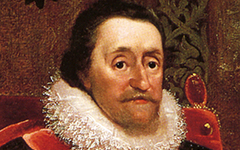 |
After the death of Queen Elizabeth I, James VI of Scotland becomes James I upon ascending to the English throne. |
April 1606
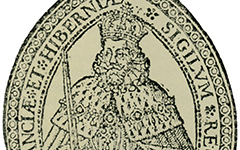 |
James I issues a charter to the Virginia Company of London for a tract of land on the mid-Atlantic coast. Learn more |
December 20, 1606
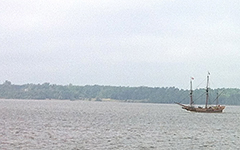 |
Capt. Christopher Newport leaves London with the Susan Constant, Godspeed, and Discovery bound for Virginia. |
| April 26, 1607 |
The three ships arrive in the Chesapeake Bay. |
| April 29, 1607 |
The English erect a cross at Cape Henry, claiming the land for James I. |
May 14, 1607
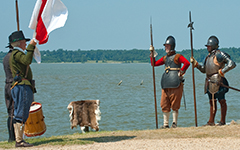 |
104 male settlers land at the site they name “James Cittie” and establish the first permanent English settlement in North America. Learn more |
May 1607
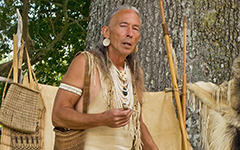 |
Newport, Capt. John Smith, and others spend six days exploring the James River up to the falls. Along the way they encounter numerous Indian peoples. |
May 26, 1607
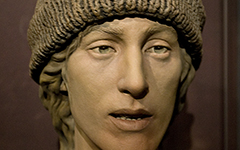 |
200 armed Indians attack Jamestown, killing 2 and wounding 11. |
June 8, 1607
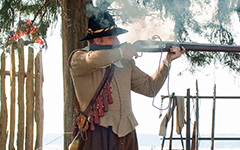 |
Indians continue to harass the settlers; Gabriel Archer writes “by breake of Day. 3. Of them had most adventurously stollen under our Bullwark and hidden themselves in the long grasse….” |
June 15, 1607
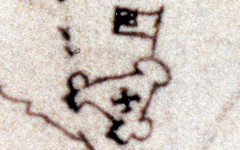 |
James Fort is completed in a triangle shape with three bulwarks sporting artillery; settlers also plant crops in two areas, according to George Percy. |
June 22, 1607
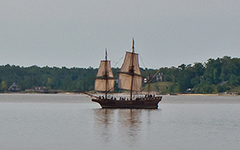 |
Newport sails for England with the Susan Constant and Godspeed, laden with mineral samples that they hoped would indicate the presence of gold. |
August 22, 1607
 |
Bartholomew Gosnold, one of the principal leaders in the colonization of Virginia, dies and is buried just outside the James Fort palisade. Half the settlers die during the summer and early fall. Learn more |
September 10, 1607
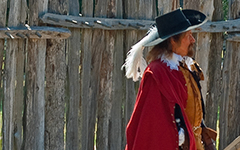 |
President Edward-Maria Wingfield forcibly replaced by John Ratcliffe. |
Early December 1607
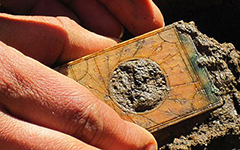 |
Smith leads an expedition up the Chickahominy River in search of food and is captured by Opechancanough, brother of Chief Powhatan. |
December 29, 1607
 |
Smith is brought before Chief Powhatan at the Indian capital, Werowocomoco. He later claims that Pocahontas, the chief’s daughter, saves his life. Learn more |
| By the end of 1608 |
The number of English in Virginia falls to 38. |
January 1608
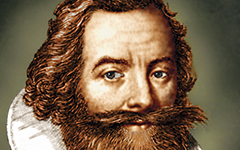 |
Smith returns to Jamestown and is tried and condemned for causing the deaths of the men on his expedition. Christopher Newport returns on the John and Francis with the “First Supply” of food and about 100 new settlers and halts Smith’s execution. Learn more |
January 7, 1608
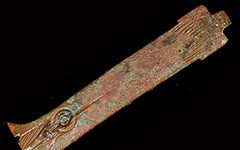 |
Fire damages James Fort: “such a fire growing rapidly it consumed all the buildings of the fort and the storehouse of ammunition and provision, so that there remained only three.” The settlers soon begin rebuilding the fort, including the construction of a large church. Learn more |
Btwn. January & April 1608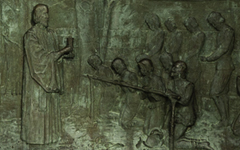 |
The Reverend Robert Hunt, Jamestown’s first Anglican minister, dies and is buried in the chancel of the newly-constructed church. Learn more |
| April 10, 1608 |
Newport sails for England carrying possible evidence of gold, but it will prove to be false. |
| June 2, 1608 |
Captain Nelson returns to England with Capt. Smith’s written account Virginia. |
June-September 1608
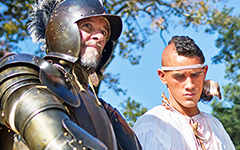 |
Captain John Smith leads 14 men on a 7-week exploration of the Chesapeake Bay and the Indian settlements along its shores. He makes a second voyage in late July to early September to explore further. |
September 10, 1608
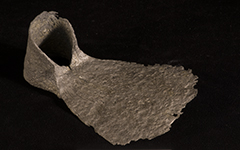 |
Smith elected President of the colony; he will soon issue the edict that “he that will not work shall not eat.” |
October 1608
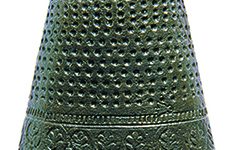 |
Newport lands with the “Second Supply.” 70 new immigrants arrive, including 8 “glasse-men” of either German or Polish origin as well as two women, Mrs. Thomas Forrest and her maid, Anne Burras. |
November 1608
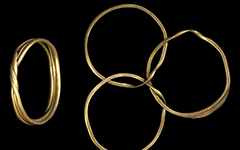 |
In Jamestown’s first wedding, Anne Burras marries carpenter John Laydon. |
End of 1608
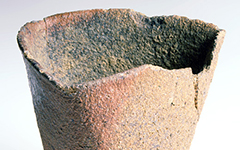 |
Newport returns to England carrying with him “tryals of Pitch, Tarre, Glasse, Frankincense, Sope Ashes….” |
Late 1608 or early 1609
 |
Smith orders the digging of James Fort’s first well. Learn more |
| May 23, 1609 |
James I issues the second charter to the Virginia Company, which replaces the Council with a Governor who has absolute control. |
June–July 1609
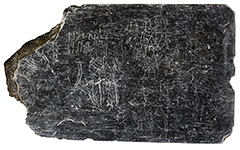 |
The “Third Supply” of nine ships and 500 immigrants leave England, but a hurricane scatters the fleet and wrecks the flag ship Sea Venture with Sir Thomas Gates, Sir George Somers, and John Rolfe on a reef in Bermuda. All 150 on board are saved and begin rebuilding two boats from the wreckage. |
| August 1609 |
The ships that survived the hurricane arrive at Jamestown with about 300 men, women, and children and few provisions to feed them. |
October 1609
 |
After Capt. George Percy replaces Capt. John Smith as leader, Smith is badly wounded in a suspicious gunpowder explosion and forced to return to England. The ships’ departure is the signal for the Powhatans to attack the English all along the James River. |
Winter 1609–1610
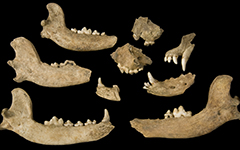 |
Chief Powhatan has warriors lay siege to James Fort, trapping about 300 settlers inside. Settlers eat horses, snakes, rats, cats, dogs, and shoe leather to avoid starvation that kills all but 60 of the fort’s residents by the springtime. |
Winter 1609–1610
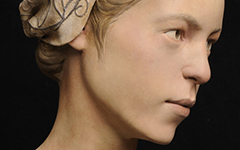 |
One of the settlers trapped in James Fort is a 14-year-old girl who arrived on the “Third Supply.” When she dies, desperate settlers resort to survivor cannibalism. Learn more |
Winter 1609–1610
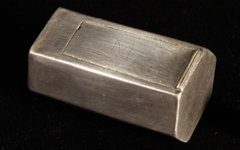 |
Capt. Gabriel Archer, one of Jamestown’s most important early leaders, dies and is the second honored with burial in the church chancel. Learn more |
May 23, 1610
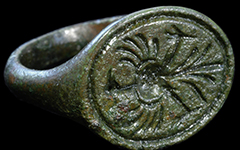 |
Lt. Governor Thomas Gates, John Rolfe, Ralph Hamor, Sir George Somers, William Strachey, and other survivors of the Sea Venture arrive at Jamestown in two ships built in their 10 months on Bermuda, the Deliverance and Patience. They find only 60 starved survivors and the fort in ruins. |
| May 24, 1610 |
Gates issues “The Laws Divine, Moral, and Martial,” introducing strict codes of behavior and severe punishments for transgressions. |
June 7, 1610
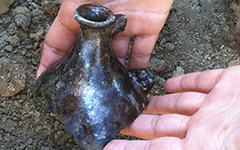 |
Gates decides to abandon Jamestown. A lot of material is left behind as the survivors pack onto ships to return to England. |
June 8, 1610
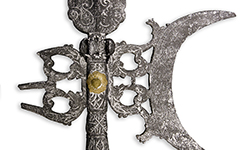 |
Gates’s convoy coming down the James River meets the resupply led by Governor Thomas West, Lord De La Warr, who demands a return to Jamestown. |
June 10, 1610
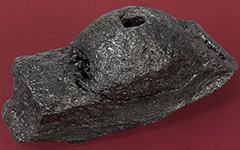 |
Lord De La Warr orders the settlers to clean up and reestablish James Fort. The church is repaired and new buildings constructed. |
August 9, 1610
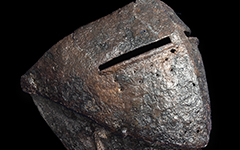 |
English launch major attack on the Paspahegh village, executing the queen and her children, burning houses and cutting down corn fields. |
1611
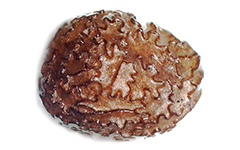 |
John Rolfe experiments with growing tobacco seeds, Nicotiana tabacum from Bermuda; native Virginia tobacco was Nicotiana rustica. Learn more |
March 28, 1611
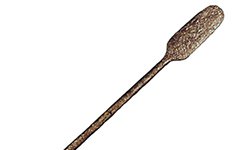 |
De La Warr and Gates leave for England, leaving George Percy in charge as Deputy Governor with only about 150 settlers left due to continuing problems with disease. |
| May 1611 |
Sir Thomas Dale arrives with 300 “men of war.” |
June 1611
 |
The English capture three men from a Spanish expedition at the mouth of the James; one of them is Don Diego de Molina, who will be held captive in Virginia for five years. |
August 2, 1611
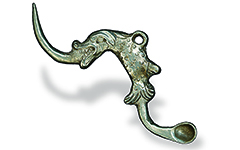 |
Lt. Governor Thomas Gates returns to Virginia with 280 settlers and assumes control. |
September 1611
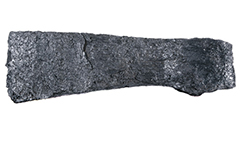 |
Sir Thomas Dale leads 350 men to build Henricus upriver near the falls of the James as an alternative to the swampy and dangerous Jamestown. |
1612
 |
King James I renews the charter for the Virginia Company and gives it more self-governance. He also authorizes lotteries to raise money for the venture. |
1612
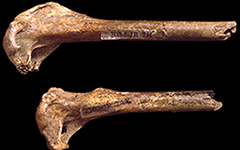 |
The English colonize Bermuda. |
1612
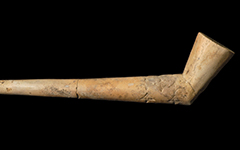 |
John Rolfe exports first crop of improved tobacco. Learn more |
April 1613
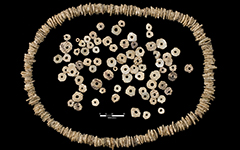 |
Pocahontas is captured from a Patawomeck Indian village by Capt. Samuel Argall and brought to Jamestown. |
February 1614
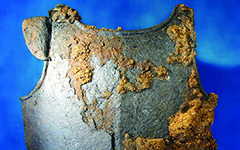 |
Gates departs Virginia, leaving Dale as Deputy Governor. |
April 5, 1614
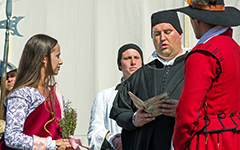 |
John Rolfe and Pocahontas marry at Jamestown. Learn more |
1615
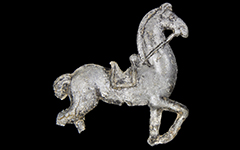 |
Pocahontas gives birth to son Thomas Rolfe. |
1616
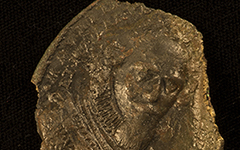 |
John Rolfe records the English population in Virginia, indicating there are 351 settlers at 6 settlements. |
May 1616
 |
John Rolfe, Pocahontas, their son, and a group of attendant Indians depart Virginia for England with Sir Thomas Dale. Learn more |
| June 1616 |
The Virginia Company institutes the “headright” system, giving 50 acres to anyone who would pay fare and 50 additional acres for each person brought with him. This encourages further settlement by gentlemen and lays the economic foundation for what will become a system of legal slavery. |
March 17, 1617
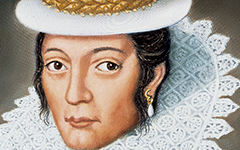 |
Pocahontas dies in Gravesend, England, just after beginning the return trip to Virginia with her husband and son. Rolfe returns to Virginia but leaves his son to be raised in England. |
1617
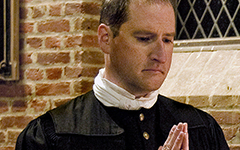 |
Governor Samuel Argall orders the construction of a new church “50 foot long and twenty foot broad” just east of the first church building at Jamestown (where Pocahontas and Rolfe were married). This new building will be a wooden church built on a foundation of cobblestones one foot wide capped by a wall one brick thick. Learn more |
1618
 |
Powhatan dies. Learn more |
| 1619 |
George Yeardley brings “The Charter of Grants and Liberties” to form a new government in which white men of property get to pick representatives to make laws for themselves in an assembly meeting at Jamestown. |
July 30, 1619
 |
The General Assembly meets for first time, in the Jamestown church; its first law requires tobacco to be sold for at least three shillings per pound. Learn more |
| August 1619 |
The first documented “20 and odd” Africans arrive on the mainland of English North America after being purchased off of English ships, the White Lion and the Treasurer, which landed at Point Comfort (modern-day Hampton, Virginia). Several of these enslaved Africans, including a woman named Angela, are brought to live and work at Jamestown. Learn more |
1620
 |
Ninety young women arrive in Virginia to make wives for planters and stabilize the colony with families; the Virginia Company prices them at “one hundredth and fiftie [pounds] of the best leafe Tobacco.” |
March 22, 1622
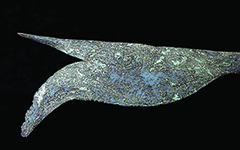 |
A massive surprise Powhatan Indian attack planned by Opechancanough kills 347 colonists along the James River, setting off a war that lasts a decade. The residents of James Fort were warned at the last minute and as a result was spared. |
Winter 1622–1623
 |
The second “starving time,” disease, and Indian attacks kill hundreds of settlers. |
| May 1623 |
Captain William Tucker concludes peace negotiations with a Powhatan village by proposing a toast with a drink laced with poison prepared by Dr. John Potts; 200 Powhatans die, and another 50 are killed. |
| September 1623 |
Surveyor William Claiborne lays out the streets of New Towne, a suburb east of the old James Fort. Learn more |
| May 24, 1624 |
The Virginia Company loses its charter due to mismanagement and Virginia becomes a royal colony. |
March 27, 1625
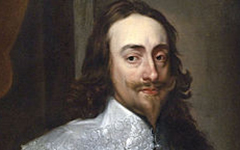 |
King James dies, but his son and successor, Charles I, allows Virginians to keep their General Assembly. |





















































